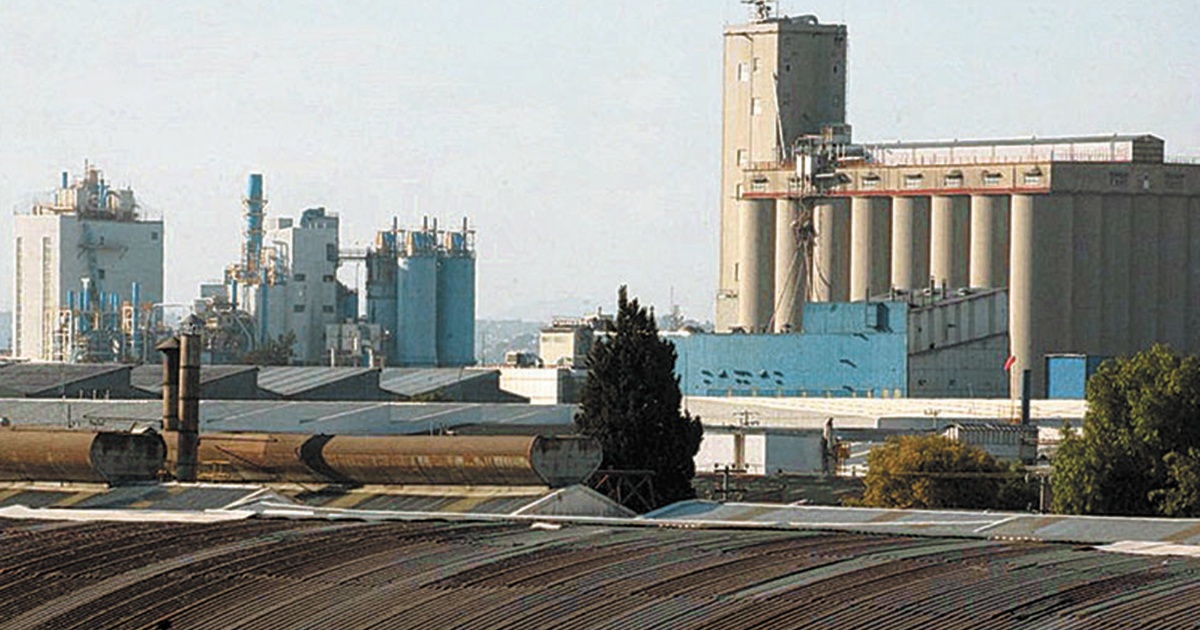One of the great paradigms regarding the subject of living place in Latin America, it is that if more homes are built, the housing deficit in the region would end; however, for the Inter-American Development Bank (IDB), the issue does not have to do with quantity, but with quality.
According to the organism, one of the fundamental principles of living place is that it is the main pillar for overcoming poverty, but many times this role is not recognized as it should be.
However, this scenario becomes relevant if one considers that in Latin America and the Caribbean just over 33% of the population lives in a state of poverty and more than half of the region’s inhabitants do not have access to a decent housing.
“We believe that the solution to end the housing deficit in the region is not only to build more, but to generate the most appropriate solutions in existing units that are in a precarious condition”, highlights the analysis reflected in the agency’s blog, in an article signed by Matías Lince, consultant in the division of Housing and Urban Development of the IDB, and Felipe Vera, a specialist in the same area of the multilateral organization.
Within the analysis, it is stated that the housing deficit It is the concept where the demand for decent homes is higher than their supply. In this scenario, it is highlighted that the housing lag can be both quantitative and qualitative.
“In the region there is a quantitative housing deficit (absence of houses) estimated at more than 23 million homes, and a qualitative deficit (houses in poor condition) of more than 43 million homes,” the article points out.
self-production, the way
For the IDB, it is essential to attack the qualitative issue, which is where most of the region’s housing deficit is concentrated, so the assisted self-production modality can help solve this challenge that is presented in the different countries of the region. zone.
“This type of strategy can be carried out in different ways, but they all have a common denominator: strong economic support for the provision of materials and, depending on the case, greater or lesser technical support and assistance for the workforce,” explains the article.
For the IDB, this intervention scheme is here to stay due to the number of advantages it offers; however, it is necessary to put the challenges in context so that it can be replicated and scaled in significant proportions.
Given this scenario, the body suggests three strategies that can help reduce the housing qualitative challenge through the assisted self-production modality:
- Development of tools that incorporate artificial intelligence for the entire project cycle.
IDB specialists indicate that for the process of assisted self-production of housing to be more effective, it is necessary to implement technological tools, which include survey, project definition, budget allocation, articulation with suppliers, supervision of work progress and interaction with the beneficiary population to resolve doubts.
- Incorporation of specific measures in the design of improvements for the mitigation and adaptation of the effects of climate change.
Increasingly, sustainability issues play a preponderant role in the development of public policies, so for IDB specialists it is important to incorporate specific measurements on habitability.
“In order to carry this out, passive and active design strategies must be combined, taking into account the particularities of each climatic region. These investments, in addition to being cost-efficient, help reduce the interconnected vulnerability of households residing in substandard housing“.
- Promotion of investment recovery schemes.
For assisted self-construction schemes to have a greater impact in combating the housing deficit, they must be economically sustainable; however, informality often prevents this from being the case.
Within the analysis, it is indicated that it is necessary to promote self-construction schemes in which the collection of taxes is guaranteed from the formalization of the material acquisition schemes, by the beneficiary population.
“The actors involved in the Home building We must take matters into our own hands, act responsibly, think creatively and collaborate to improve lives effectively, efficiently and sustainably.”
hartford car insurance shop car insurance best car insurance quotes best online car insurance get auto insurance quotes auto insurance quotes most affordable car insurance car insurance providers car insurance best deals best insurance quotes get car insurance online best comprehensive car insurance best cheap auto insurance auto policy switching car insurance car insurance quotes auto insurance best affordable car insurance online auto insurance quotes az auto insurance commercial auto insurance instant car insurance buy car insurance online best auto insurance companies best car insurance policy best auto insurance vehicle insurance quotes aaa insurance quote auto and home insurance quotes car insurance search best and cheapest car insurance best price car insurance best vehicle insurance aaa car insurance quote find cheap car insurance new car insurance quote auto insurance companies get car insurance quotes best cheap car insurance car insurance policy online new car insurance policy get car insurance car insurance company best cheap insurance car insurance online quote car insurance finder comprehensive insurance quote car insurance quotes near me get insurance







